The stainless steel pipe elbow is an important fitting in stainless steel piping systems, mainly used for connecting pipes and changing their direction. The main types are classified into 45-degree elbows and 90-degree elbows. As one of the top stainless steel elbow manufacturers, we not only provide standard models, but also customize stainless pipe elbows according to your special needs to ensure a perfect fit for your project requirements. From food processing to petrochemical, our stainless steel tube elbows are available in a wide range of models for piping systems in a variety of industries. We have a large inventory of stainless elbows with a full range of models and can deliver them quickly.
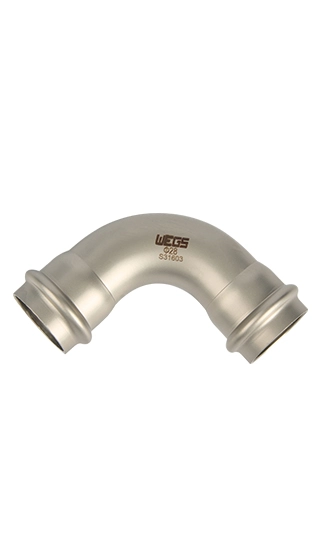
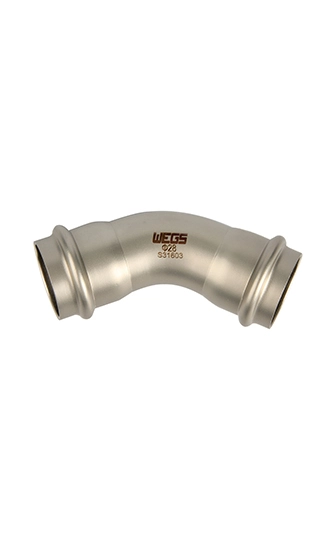
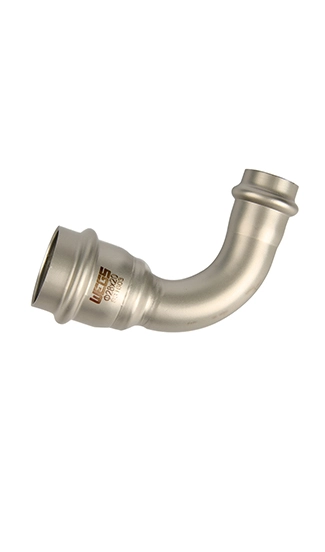
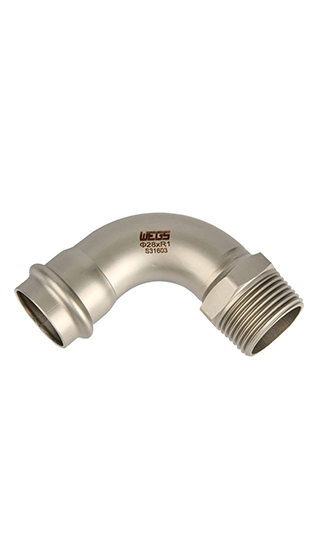
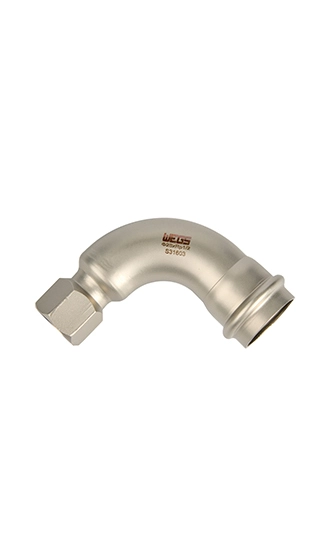
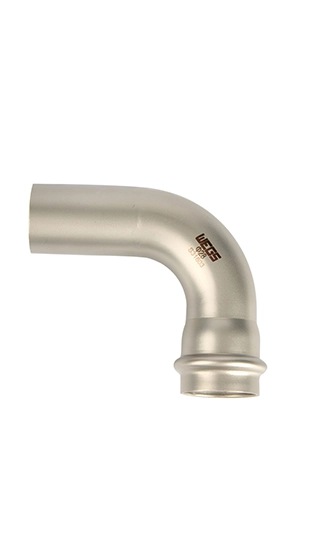
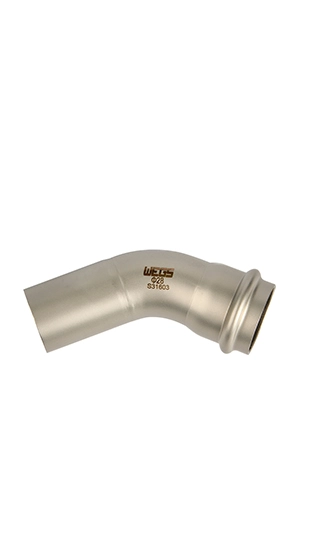
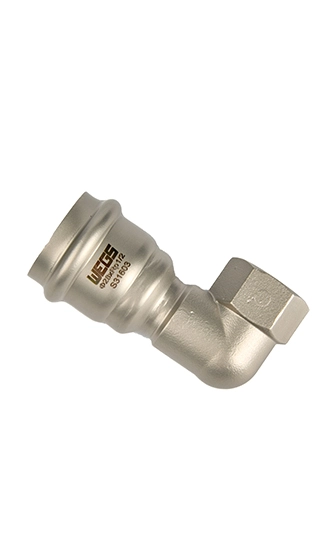
Type of Fluid: Ensure the material of the stainless weld elbows is compatible with the fluid running through your system. Different types of fluids (such as water, oil, or chemicals) may have varying levels of corrosiveness, and choosing the right grade of stainless steel (like 304, 316L) can enhance the system’s corrosion resistance and safety.
Pressure and Temperature: Choose stainless elbow fittings that can withstand the operating pressure and temperature of your system. High-pressure and temperature conditions require pipe elbows made from higher strength and temperature-resistant stainless steel to ensure stability and safety.
Size and Angle: Select the correct size (diameter) and angle (such as 45 degrees, 90 degrees) of the steel tube elbows to accommodate the layout of the piping and the needs of fluid flow. The right size and angle help reduce fluid resistance and improve system efficiency.
Connection Type: Consider the connection type of the steel elbow fittings (such as welding, threaded, or double press fitting) to ensure compatibility with your existing piping system. Choosing a connection type that suits your system can simplify the installation process and reduce the risk of leaks.
Superior Quality and Strength
Higher tensile strength by 20%, WEGS stainless steel weld elbows possess, ensuring unmatched durability and reliability. Not just meeting, but exceeding industry standards, our products do, with a defect rate of less than 0.1%. Certified to ISO 9001, WEGS is, guaranteeing the highest quality in every SS pipe elbow produced.
Extensive Product Range
WEGS offers over dozens of stainless steel elbow models, which cater to a wide array of industrial needs, ensuring versatility and adaptability in various applications. So we can ensure the right fit for any project, regardless of its scale or complexity. We provide custom solutions that are tailored to meet your specific requirements, no matter how complex they may be, guaranteeing precision and satisfaction.
Exceptional Customer Satisfaction
A over 99% customer satisfaction rate, WEGS boasts, reflecting our commitment to excellence. WEGS becomes not just a stainless steel elbows supplier, but a partner, dedicated to your success and satisfaction.
Reliable and Efficient Delivery
WEGS maintains a production capacity of 10,000 steel elbows for pipe per month, ensuring that we can meet your demands swiftly and efficiently. With a delivery accuracy of 98%, we ensure that your projects stay on track and on time, providing you with the reliability you need. We guarantee on-time stainless steel elbow fitting delivery, backed by our robust logistics and supply chain management, so you can trust that your orders will arrive as scheduled.
Stainless steel pipe elbow fittings are crafted from high-quality stainless steel, chosen for its exceptional strength, corrosion resistance, and durability.
The material undergoes rigorous testing to meet industry standards, ensuring it is fit for various applications.
The engineering process of stainless steel threaded elbow involves meticulous calculations to determine the ideal bend radius and angle, minimizing pressure drop and turbulence within the piping system. Advanced computer-aided design (CAD) software is used to create detailed stainless steel elbow fitting models, allowing engineers to simulate different stress scenarios and optimize the elbow’s geometry.
Manufacturing typically involves hot or cold forming techniques. In hot forming, the elbow pipe stainless steel is heated to a specific temperature to make it pliable and then bent into shape using specialized machinery. Cold forming involves bending the elbow pipe steel at room temperature, requiring more force but resulting in a stronger finished product.
Post-formation, the stainless steel hose barb elbow undergo various finishing processes such as annealing to relieve internal stresses and pickling or passivation to enhance corrosion resistance. Quality control is paramount; each stainless steel pex elbow is inspected for dimensional accuracy, surface finish, and structural integrity.
The result is a precisely engineered component capable of withstanding extreme conditions, ensuring reliable performance in critical applications such as chemical processing, oil and gas, and water treatment systems. The meticulous engineering behind steel elbows for pipe exemplifies the blend of science and craftsmanship that drives modern industrial solutions.
